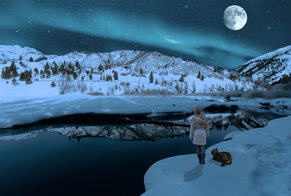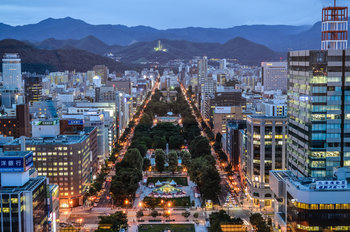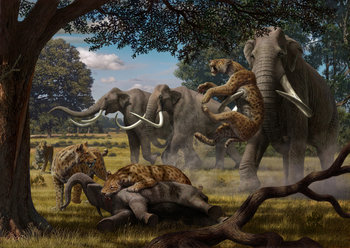|
| |
Cold is a lack of thermal energy. Cold things have low kinetic energy at the particle level whereby the random motion of their particles is relatively inactive. On Planet Earth, this is primarily associated with locations and time periods that lack the intense sunlight required to create warmth. Cold is also pervasive in outer space where the cosmic background temperature is about -455 degrees Fahrenheit or -270 Celsius. Cold can also be created or distributed by weather and technologies such as a freezer or air conditioner. The following are common cold things, phenoms and places.Air conditioning | | Alpine climates | Antarctic | Antarctic ocean | Arctic | Arctic ocean | Avalanche | Blizzards | Boomerang nebula | Canada | Caves | Cold air | Cold climates | Cold front | Cold showers | Condensation | Cooler | Cucumbers | Deep ocean water | Desserts | Dew | Fans | Far side of the moon | Finland | Fog | Freezer | Freezing rain | Fridge | Frost | Frost flowers | Frozen food | Frozen yogurt | Gelato | Glacier | Greenland | Hail | Ice | Ice cream | Ice cream sandwiches | Ice cubes | Ice rinks | Ice sheets | Ice shelves | Ice storms | Ice water | Iceland | Igloo | Jelly | Lakes | Milk | Milkshakes | Mist | Mongolia | Mountains | Night | North pole | Ocean | Outer space | Permafrost | Polar seas | Popsicle | Pudding | Rain | Rainstorms | Rivers | Russia | Seas | Shaved ice | Siberia | Ski slopes | Sleet | Slush | Smoothies | Snow | Snowball | Snowflakes | Snowman | Snowstorm | Soft drinks | Soft serve | South pole | Sundae | Swimming pools | Tundra | Vapor | Vending Machines | Wind | Winter | Zamboni |
Naturally Cold ThingsThe following are elements of nature that are characteristically or often cold.Cold PlacesThe following places are relatively cold or are often portrayed as cold.Cold FoodsFoods that are traditionally served cool or cold.Cold ClassicsThings that are symbols of the cold without necessarily being cold themselves. Things can also be conceptually cold such as a cold color.Cold RaritiesCold things that are lesser known or that rarely occur.Snow rollers are natural snowball formations created by conditions such as wind.Diamond dust are tiny ice crystals that float in the air creating a glittering effect.Frost flowers are delicate ice formations that grow on plants in certain cold conditions.Ice flowers are thin columns of ice formation that can be pushed up from the soil.Blue icebergs are iceburgs with compressed ice that appear to be bright blue.Thundersnow is snow during a thunderstorm.Frozen bubbles are methane bubbles trapped in frozen lakes or rivers.Deserts can be cold at night. It is also possible for deserts to exist in cold climates such as the Atacama Desert in South America. Ice volcanoes are underwater volcanoes that can erupt with a mixture of ice, water and volcanic material.Next: Hot Things
Physics
This is the complete list of articles we have written about physics.
If you enjoyed this page, please consider bookmarking Simplicable.
A list of the branches of physics.
Everything you ever wanted to know about the moon.
A list of the basic types of radio waves with useful charts.
An a-z list of important words in science with straightforward definitions.
An a-z list of foundational science vocabulary.
An overview of physical change with examples.
An overview of chemical change with examples.
An a-z list of physical properties with basic explanations of each.
An overview of common science topics.
TrendingThe most popular articles on Simplicable in the past day.
Recent posts or updates on Simplicable.
Site Map
© 2010-2023 Simplicable. All Rights Reserved. Reproduction of materials found on this site, in any form, without explicit permission is prohibited.
View credits & copyrights or citation information for this page.
|






































